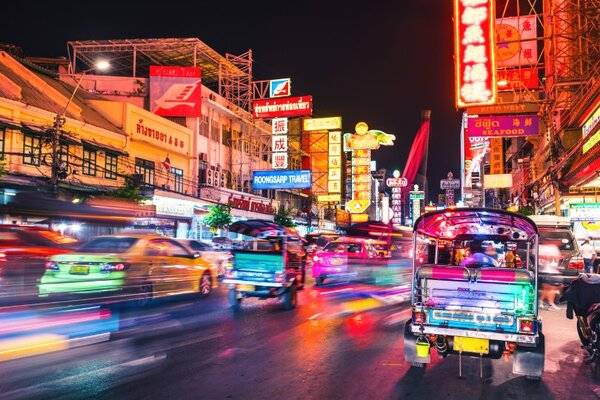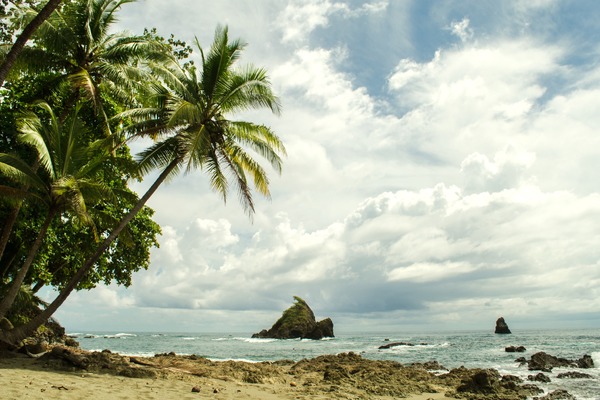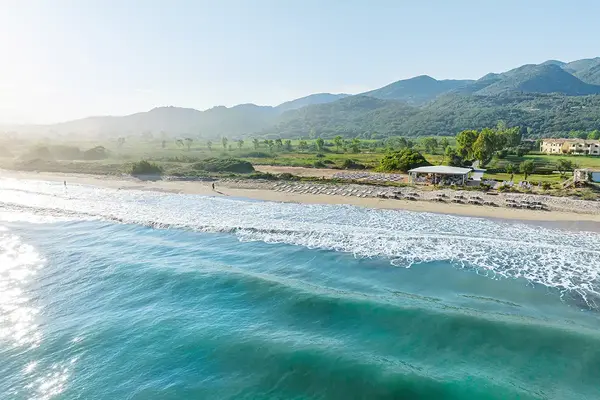Agents at the centre of Thailand's mission for better quality tourism
 Ilaria Grasso Macola
Ilaria Grasso MacolaThailand’s mission for better quality tourism will rely on UK agents showing their clients a different side of the country. Ilaria Grasso Macola reports.
Pristine sandy beaches, hundreds of years of rich cultural heritage and a cuisine to rival the finest the world can muster, Thailand just about has it all. There are few destinations so synonymous with everything we dream of when it comes to far-flung travels.
Thailand welcomed nearly 40 million international tourists in 2019, putting it among the world’s top 10 destinations, and is expected to recover to 36 million this year. All would appear well, but away from the picture-perfect vistas, there is growing acceptance Thailand must rebuild its tourism economy more sustainably.
This year, the nation dropped from 36th to 47th in the World Economic Forum’s travel and tourism development index, falling behind Singapore, Indonesia and Malaysia. The Association of Thai Travel Agents pinned the decline on a post-Covid reliance on promoting and selling existing destinations rather than developing new ones.
Earlier this year, Thai operators put forward to the government a white paper setting out industry-led proposals to tackle this decline – and overtourism. At the time, then prime minister Sretta Thavisin called for better transport linking Thailand’s main tourism hot spots and secondary destinations to spread the benefits more evenly around the country.
UK agents have a part to play too, such as by taking advantage of Thailand’s extended visa-free travel provision – now 60 days – to draw up more “innovative” itineraries for their clients.
Speaking in July, Yuthasak Supasorn, governor of the Tourism Authority of Thailand (TAT), said the country needed to shift its focus from tourism numbers to increased spend, attracting better quality visitors and developing supply chains to distribute income more equitably.
New products
TAT’s UK director Sadudee Sangnil tells TTG Thailand did adjust its tourism strategy post-Covid to shift the spotlight onto lesser-known parts of the country. She explains this was, in part, driven by young people moving back to their hometowns during the pandemic and starting new tourism businesses.
“The younger generation has created new products focusing on their heritage and culture, which give travellers the chance to immerse themselves in new cultural experiences,” Sangnil explains. “As travel normalises, we are seeing much more multi-centre trips and interest in going to lesser-known places, which is really positive and something TAT is embracing with both the trade and consumers.”
To help agents develop their knowledge of Thailand, TAT is planning more virtual fam trips later this year, with the aim of featuring one secondary destination per session. “TAT has just run campaigns with eight operators from April to July to promote immediate travel in the shoulder and low seasons,” Sangnil adds.
Pata, the Pacific Asia Travel Association, believes agent training is part of the answer, along with consistent marketing and stronger relationships with partners in secondary areas of the country it says are “crying out for more business”.
“It’s our obligation to showcase all there is to Thailand and distribute passengers to other areas,” says Pata UK and Ireland’s tour operator spokesperson Helen Wheat. “This approach will also provide the customer with a more rounded view of the destination, ensuring Thailand is seen as a country to return to time and time again.”
More innovation
Asia specialist John Coles, founder of Kew Bridge Travel, wants other agents to be more creative when coming up with itineraries to show Thailand is more than just a beach destination.
“Phuket is lovely, don’t get me wrong, but there are other places clients have probably never heard of which would also offer them a very nice experience,” he says. “So instead of following the same itinerary all the time, agents should be a little more innovative.”
Sue Livsey, head of InsideAsia Tours, explains the Bristol-based operator has created new cultural adventure itineraries to introduce customers – especially families – to Thailand’s national parks, jungles and islands. “Your customers will thank you for taking them to some of the quieter islands,” Livsey adds, addressing agents.
Besides helping disperse tourists, Premier Holidays product manager John Parker thinks agents should work with operators to highlight better quality holidays.
Resurgent Thailand ’facing challenges head-on’
“We seek to promote hotels regarded for their sustainability practices, especially in popular tourist destinations, and then feature these throughout our brochures and on our website,” he tells TTG.
While change is afoot, millions of tourists will continue to visit Thailand’s main destinations each year. It is up to agents and operators to show their clients and customers a different side of the country – a more authentic and sustainable one.
Sign up for weekday travel news and analysis straight to your inbox

Ilaria Grasso Macola
Supplier Directory
Find contacts for 260+ travel suppliers. Type name, company or destination.
















